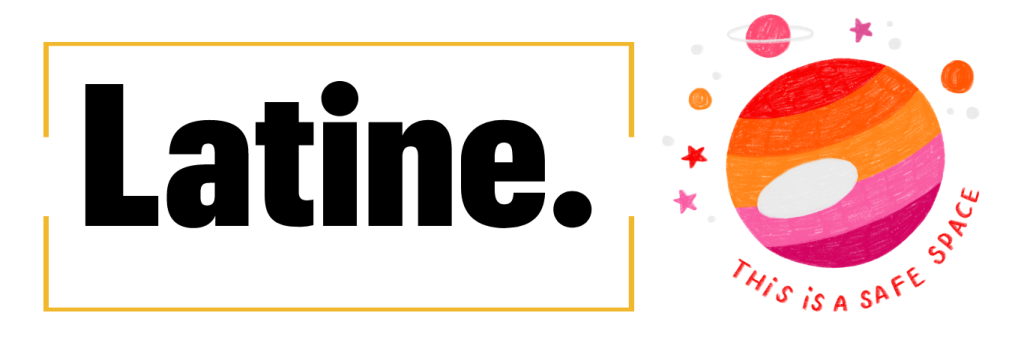A variety of terms are used to describe people who are descendants of Latin America (which includes Mexico, Central America, South America and the Caribbean). Some of the terms you may have heard are Hispanic, Latino/a, Latinx, and Latine. Although these terms are sometimes used interchangeably, they each have different origins and meanings within Latin American communities.

Here are definitions of some of the most common different terms:
Hispanic
Hispanic is used to describe communities that are Spanish-speaking or of Spanish origin. It was adopted by politicians in the 1970s during the Nixon administration to classify people of Spanish-speaking origins, particularly those from Latin America. Hispanic comes from the Spanish word Hispania, which referred to the geographical region now known as Spain. Although this is one of the most widely used terms in the United States, it is important to note that some Latin Americans do not have Spanish origin. This term excludes Indigenous and Brazilian populations.
Latin American
Latin American is a person with Latin American origin. This term includes people with Mexican (North America), Central American, South American, and Caribbean origin.
Latina/o
Latino or Latina is a person with origins from Latin America. This term is the second widely used term in the United States. The Spanish language is one of many languages used in Latin America. Spanish typically uses a gender-binary grammar system with words ending in “o” referring to masculine-associated nouns and words ending in “a” referring to feminine-associated nouns. Latino is used to describe a Latin American male and Latina is used to describe a Latin American female.
Latin@
Latin@ is used to refer to both Latino and Latina. This term along with Latino/a (with the dash) was one of the first gender-inclusive variations used. The “@” in Latin@ is seen as a combination of “a” and “o”, but is generally only used in written text.
Latinx
Latinx is a gender-neutral or non-binary alternative to Latino and Latina. The origin of this term is not fully known, but it is believed that it was first used in the mid-2000s. The “x” does not imply a specific gender, which makes it inclusive of non-binary populations. Latinx is more popularly used in the United States among academic, LGBTQIA+, and non-binary communities. However, some reject this term because the letter “x” was imposed on indigenous languages during Spanish conquest.
Latine
Latine is a gender-neutral or non-binary alternative to Latino and Latina. This term originated from LGBTQIA+, gender non-binary, and feminist communities in Spanish-speaking countries. Latine replaces the “a” and “o” with the gender-neutral Spanish letter “e”. The letter “e” can be found in non-gendered Spanish nouns like “estudiante” (student).
Chicano/a/x
Chicano, Chicana, Chicanx or Xicanx is a person born in the U.S. with Mexican origin. It is believed that Chicano came from mexicano (pronounced meshicano), a word that some Indigenous speakers of Nahuatl called their language. Originally, the term Chicano/a was used by wealthier Mexican-Americans as a derogatory term against low-income Mexican-Americans. In the 1940s Mexican youth who belonged to the Pachuco and Pachuca subculture reclaimed the term and by the 1960s, Chicano became popular due to its use by Mexican-American students participating in the Civil Rights Movement. The term evolved to Xicano/a in the 21st century with gender-inclusive alternatives (Chicanx or Xicanx).
Why Latine?
You may notice that at Cambio Center, we mostly use Latine. Latines have intersectionalities of various identities. Although we know that one term will not encompass all those identities, we use Latine to create an inclusive and welcoming environment for people in our community who come from those various identities. However, we would like to acknowledge that the discourse around which term to use is complex and evolving. Every person has the right to use the term that captures who they are and that feels the most welcoming to them. Regardless of which term you prefer to use, you are welcome at Cambio Center. As we learn we hope to grow and continue working towards an inclusive and welcoming community.
